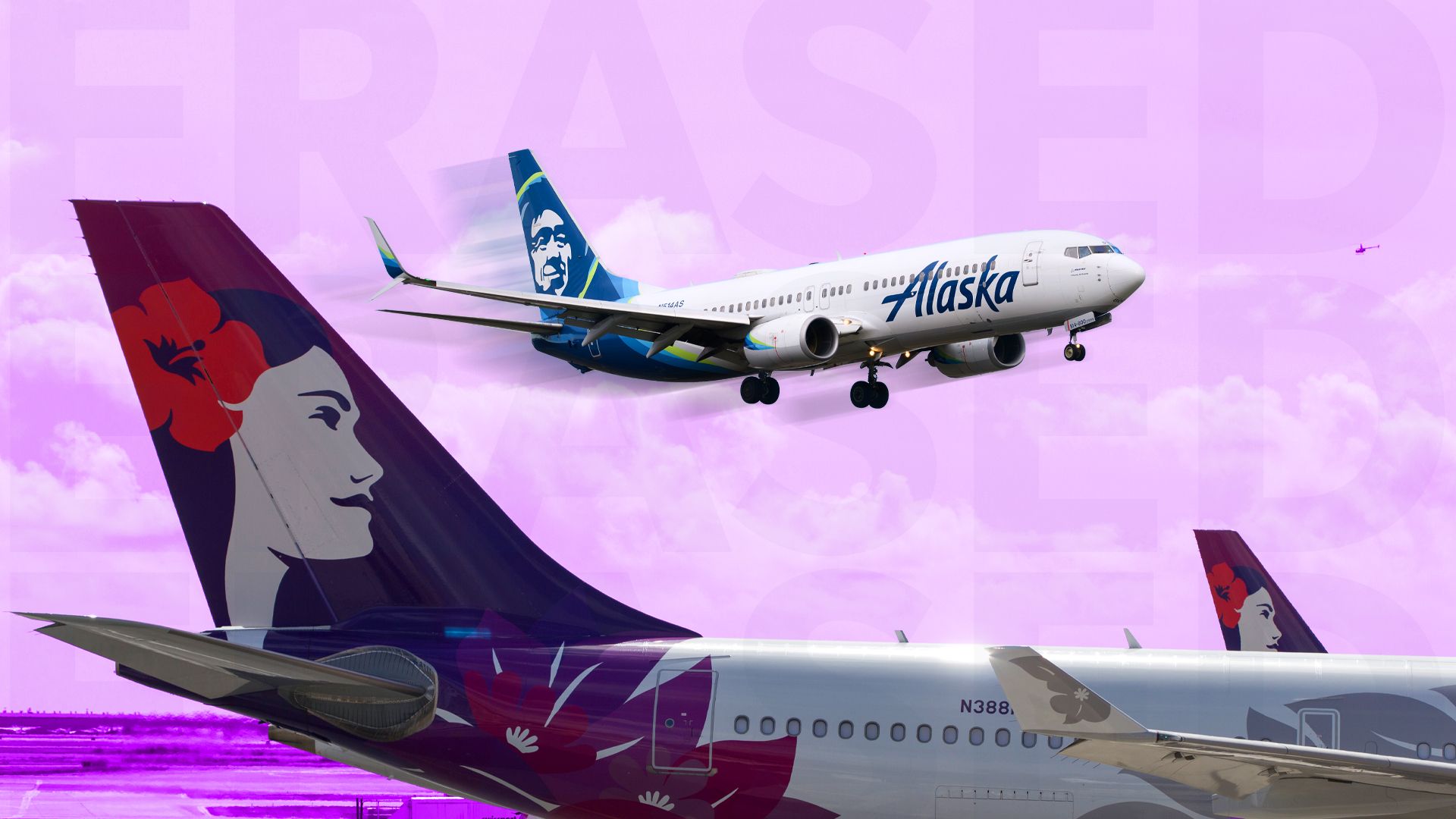Alaska Airlines has successfully completed its acquisition of Hawaiian Airlines for a total of $1.9 billion, marking a significant expansion for the Alaska Air Group. The merger, finalized on September 18, 2024, positions the airline as one of the largest carriers in the United States, raising concerns among loyal Hawaiian Airlines customers about the potential phasing out of the Hawaiian brand.
Despite these fears, Alaska Airlines has publicly stated it has no immediate plans to abandon the Hawaiian name. The airline is still recovering from a $160 million legal setback related to a trademark dispute with Virgin Aviation, which requires Alaska to pay an annual minimum royalty of $8 million until 2039.
Merger Enhances Airline Operations
The acquisition aims to revolutionize travel to and from Hawaii and across the West Coast. It allows Alaska Airlines to broaden its fleet, moving beyond its previous reliance on narrowbody aircraft. The merger includes Hawaiian Airlines’ widebody fleet, featuring Airbus A330s and Boeing 787s, expanding operational capabilities significantly.
The deal was crucial for Hawaiian Airlines, which faced severe financial challenges during the COVID-19 pandemic. By merging with Alaska Airlines, Hawaiian Airlines gained a lifeline, with the combined carriers now operating approximately 40% of all flights between Hawaii and the mainland United States, according to AP News.
Hawaiian Airlines will also join the Oneworld alliance, alongside Alaska Airlines. The two airlines are set to launch a unified frequent flyer program by October 2025, converting HawaiianMiles members to the Alaska Airlines Mileage Plan.
Challenges and Future Outlook
Alaska Airlines previously acquired Virgin America in 2016 for $4 billion, which helped solidify its position as the fifth-largest airline in the U.S. However, the transition to the Alaska Airlines brand led to a gradual phase-out of Virgin America branding by 2020. The ongoing royalty agreement with Virgin Aviation has raised questions about Alaska’s branding strategy and its implications for Hawaiian Airlines.
Hawaiian Airlines will receive up to 12 Boeing 787-9 aircraft, enhancing its long-haul capabilities. Four of these jets have already been delivered, with additional deliveries scheduled through 2028. This development is expected to facilitate new international routes from Seattle-Tacoma International Airport, with existing routes to Tokyo and Incheon already in operation.
The merger not only aims to increase domestic market share but also to enhance access to long-haul flights. Hawaiian Airlines has an established international network, including destinations in Japan, Australia, and seasonal flights to New Zealand. Alaska Airlines maintains a smaller presence at Hawaiian hubs, operating year-round flights to Anchorage, Ontario, and Seattle, with additional seasonal services.
In a move to strengthen operations, Alaska Air Group announced the formation of a Honolulu-based leadership team to oversee both Hawaiian and Alaska Airlines. Jim Sanders, the former Senior Vice President of Technical Operations at Hawaiian Airlines, will lead this initiative as Head of Hawaii operations.
Joe Sprague, CEO of Hawaiian Airlines, has emphasized the commitment to maintaining Hawaiian Airlines’ legacy, stating, “Hawaii will always be the home of Hawaiian Airlines.” Furthermore, the airline has reported a remarkable increase in cargo revenues, rising by 34% in the second quarter of 2025, generating $139 million in revenue, largely attributed to the acquisition of Hawaiian Airlines.
As the merger unfolds, both airlines are working towards achieving a single operating certification from the Federal Aviation Administration by this fall. With over 180 flights daily across both domestic and international routes, the Alaska Air Group is poised to solidify its position as a leader in the aviation industry, while ensuring the Hawaiian brand remains a vital part of its operations.
